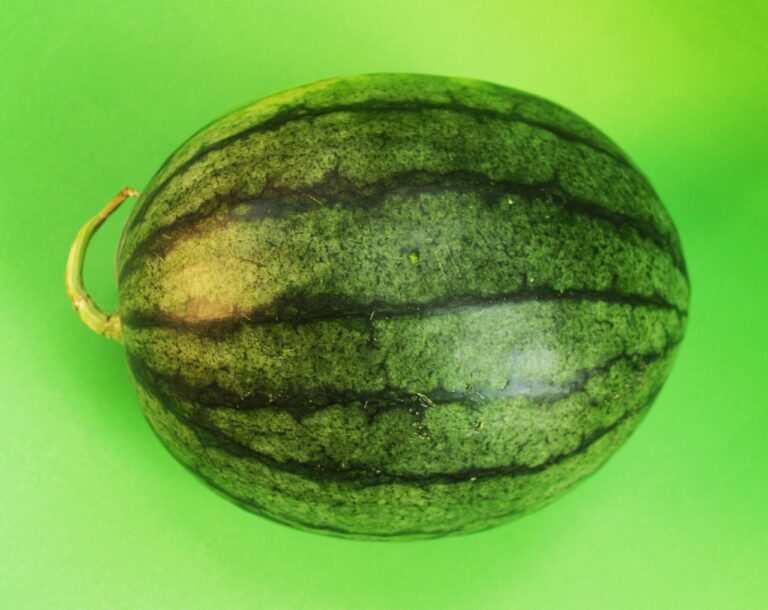Health Benefits of Traditional Korean Cuisine
Korean cuisine is renowned for its harmonious balance of flavors and vibrant colors. One of the main components of traditional Korean cooking is the abundant use of fermented ingredients like doenjang (soybean paste), gochujang (red chili paste), and kimchi (fermented vegetables). These fermented products not only add depth and complexity to dishes but also contribute to the unique umami taste that is characteristic of Korean food.
In addition to fermentation, another crucial component of Korean cuisine is the banchan, which are small side dishes served alongside the main meal. Banchan typically consist of a variety of vegetables, pickles, meats, and seafood, providing a wide range of flavors and textures to complement the main dishes. The practice of serving banchan reflects the importance of communal dining in Korean culture and highlights the emphasis on sharing and enjoying a diverse array of dishes together.
History and Cultural Significance of Korean Food
Korean cuisine boasts a rich history that dates back thousands of years. Influenced by the country’s agricultural practices, nomadic lifestyles, and geographical location, traditional Korean food embodies a harmonious blend of flavors, colors, and textures. Ancient recipes passed down through generations continue to be cherished, showcasing the deep-rooted cultural significance of food in Korean society.
Food plays a pivotal role in Korean culture, symbolizing communal bonds, hospitality, and respect for traditions. Meals are often shared among family and friends, fostering unity and connection through the act of eating together. From elaborate feasts to simple home-cooked dishes, Korean food reflects the values of respect for ingredients, mindfulness in preparation, and appreciation for every bite consumed.
What are the main components of traditional Korean cuisine?
The main components of traditional Korean cuisine include rice, vegetables, meats (such as beef, pork, and chicken), tofu, seafood, and various seasonings like soy sauce, sesame oil, garlic, ginger, and red pepper flakes.
How has Korean food been influenced by its history and culture?
Korean food has been influenced by its history and culture through factors such as the country’s agricultural practices, trade with neighboring countries, invasions and occupations, and the introduction of Buddhism and Confucianism. These influences have shaped the flavors, ingredients, and cooking techniques found in Korean cuisine.
What are some examples of popular Korean dishes?
Some popular Korean dishes include bibimbap (mixed rice with vegetables and meat), bulgogi (marinated grilled beef), kimchi (fermented vegetables, usually cabbage), samgyeopsal (grilled pork belly), and tteokbokki (spicy rice cakes).
How important is food in Korean culture?
Food holds great importance in Korean culture, serving as a way to bring families and communities together, celebrate special occasions, and express hospitality and generosity. Many traditional Korean customs and rituals involve food, and sharing meals is a key aspect of social interaction.
What role does Korean food play in modern society?
In modern society, Korean food has gained popularity worldwide, with Korean restaurants and dishes becoming increasingly popular in various countries. Korean cuisine is known for its bold flavors, healthful ingredients, and diverse range of dishes, making it a favorite among food enthusiasts globally.





